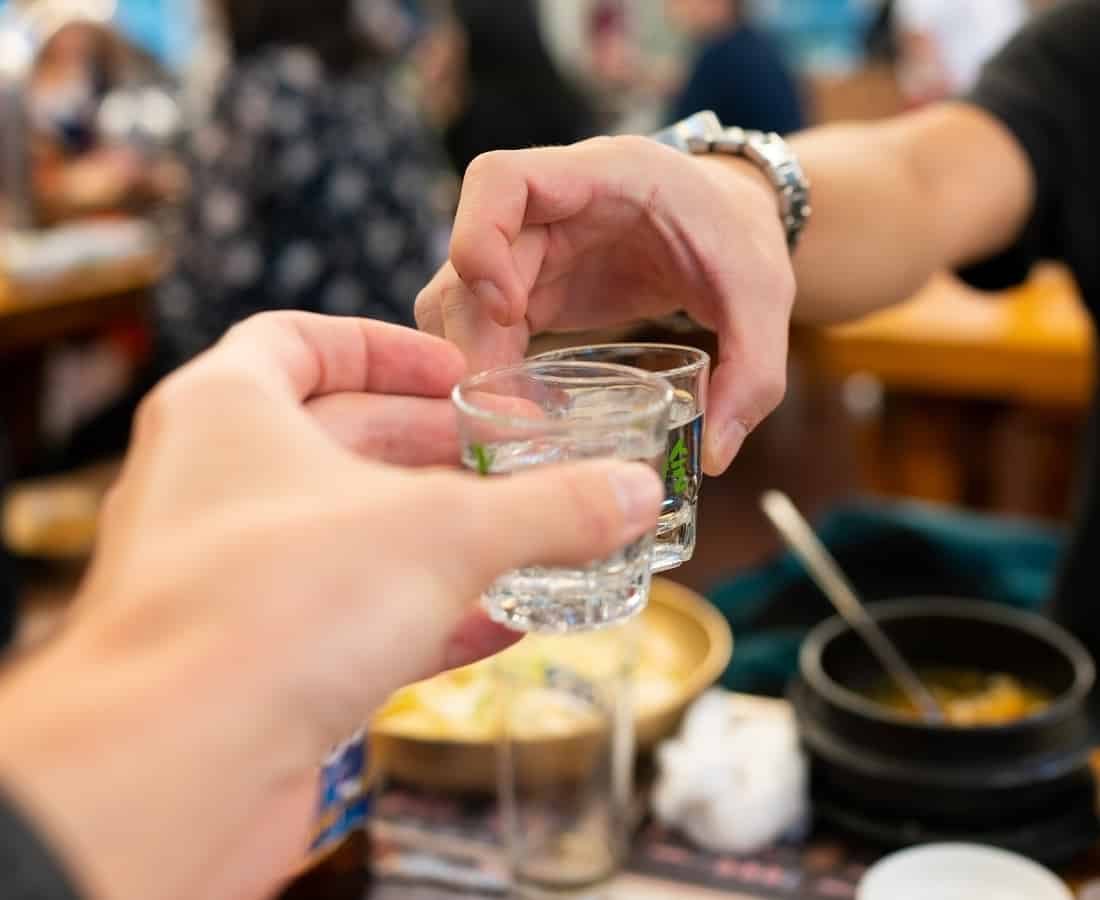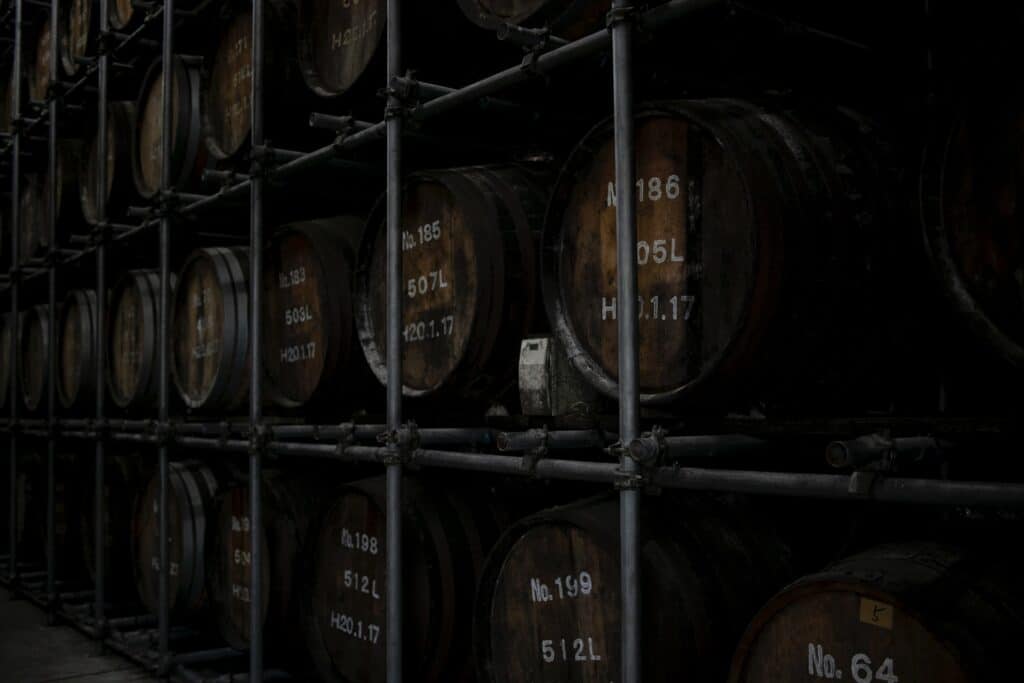A guide to shochu: Introducing the best-selling Japanese spirit you've probably never tasted


Trick question: What’s the most popular Japanese tipple ? If you said 'sake', you’d be right almost anywhere in the world. In Japan, though, sales of nihonshu (what we know as sake) have been surpassed by that of shochu since 2003.
Though sake is a global sensation, shochu has stolen the spotlight at home – and it’s only recently that drinkers and bartenders abroad are playing around with its unique flavours. In the spirit of Japan’s ‘Day of Shochu and Awamori’ this Nov 1st, here’s the lowdown on this lesser-known liquor, including where to drink it in Singapore.

Let’s just get this out of the way first: Shochu isn’t simply the Japanese version of Korea’s soju. They’re both clear, low-ABV distilled spirits that sound similar, so it’s easy to confuse them – both names mean ‘burnt liquor’ in their respective languages, referencing the traditional use of fire in distillation.
But while they might be cousins somewhere back in history, the modern-day results certainly taste different. While soju is generally made from a blend of rice and other grains, shochu’s playbook is much more experimental – base ingredients from chestnut to carrot, soba to seaweed aren’t uncommon.
Soju’s neutral taste typically comes spiked with fruit flavourings and sweeteners, while shochu eschews additives and has more rules that protect its authenticity. Like wine, shochu even has officially designated appellations.

The earliest known mention of shochu we have actually comes from a 500-year-old piece of graffiti – and a cheeky one, at that. In 16th-century Kyushu, a pair of carpenters building a Kagoshima shrine scrawled a hidden complaint about the priest’s stinginess – he wouldn’t give them shochu.
Shochu’s origins lie in Kyushu, a southern island of rural agricultural villages where farmers distilled booze from their leftover harvests. Today, over half of Japan’s 600 distilleries are still centered in Kyushu.
With over 50 officially recognized base ingredients, shochu can be made from just about any kind of grain and vegetable imaginable – even milk and matcha. The three most common ingredients used, however, are sweet potato, barley, and rice.
Sweet potato shochu (imo shōchū) has its roots in Kagoshima, where volcanic ash offers fertile grounds for sweet potato growing. Shochu made from barley (mugi shōchū) is largely brewed in the prefectures of Oita, Miyazaki, and Nagasaki, while kome shōchū brewed from rice is a specialty of Kumamoto prefecture.

Shochu’s fermentation kicks off with koji mold, typically rice koji. The koji is mixed with water and yeast to create a preliminary fermentation mash called moromi. The base ingredient is mixed in, and the whole mixture is left to ferment for eight to ten days before being moved to the stills for the next step: distillation.
Here, an important distinction takes place. High-quality or ‘authentic’ shochu, known as honkaku shōchū, is distilled only once in a traditional pot still; it is hence prized for retaining the distinctive flavours of the base ingredient.
On the other hand, korui shōchū goes through distillation multiple times in a continuous still – a mass production method imported from Britain during the Meiji Period. The result is a nearly flavourless distillate somewhat akin to vodka.
Shochu can be aged anywhere from a few months to over a decade, typically in traditional earthen jars or wood barrels. The final spirit is diluted and bottled at around 25 per cent ABV – higher-proof than sake, but significantly less potent than most kinds of hard liquor.
As you might have guessed, shochu spans an astounding range of flavour profiles. Depending on the base ingredient, the type of koji used, the length of ageing and the container used, one spirit can taste a world away from another.
Generally, imo shochu has a sweet, rich profile that stands up well to oily and fried foods; in contrast, mugi shochu leans dry and toasty, with a cleanness that pairs well with light dishes like fish. Then there’s kome shochu with its mildness and creamy mouthfeel – like sake, you might be able to pick up fruity notes too.
The koji strain involved changes the game too. White koji is a common choice for distillers, yielding a sweet and mild spirit. Black koji is the strain used in Okinawa’s famous awamori, and it results in a full-bodied, earthy profile. Meanwhile, yellow koji is most often used in sake rather than shochu making, imparting floral and fruity notes.

You can bet there’s a shochu for all dishes and occasions, but here’re some ideas to get you started. The boldness of imo shochu is a match for red meat dishes from steak to yakiniku, along with fried bites like tempura and chicken nanban. Or you can do as the folks in Kagoshima do and tuck into the regional specialty of satsuma-age – fried fishcakes.
Mugi shochu has toasty, nutty hints that can be brought out with smoky pairings like smoked salmon and saba shioyaki. Kome shochu is clean enough to balance with the delicate flavours of sashimi and tofu, though we reckon oysters wouldn’t go amiss too.
Enjoy your shochu on the rocks, or mixed with hot water (oyuwari) in winter; for hot summer days, you can also mix it with oolong tea to create a refreshing highball dubbed oolong-hi.
The whimsical younger sibling of acclaimed speakeasy D.Bespoke, RPM by D.Bespoke is a shrine to two things: shochu and vintage vinyl. The Duxton watering hole is helmed by head manager Iwamitsu Shinji, and there’s no question this Kyushu-born mixologist knows his shochu.
You’ll find a curation of shochu from prefectures across Japan here – served as tasting flights, stirred into martini and Negroni classics, and shaken up in creations like ginger daiquiris.
And no worries about being judged when you ask for one of their fun shochu smoothies – packed with tropical fruit and fresh cream, who could resist?
RPM by D.Bespoke is located at 16 Duxton Rd, Singapore 089482, p. +65 8359 1334. Open Tues-Sun 4pm–10.30pm. Closed Mon.
Online bottle shop Sake.sg has possibly the largest stash of shochus in Singapore. You can take your pick from close to a hundred bottlings ranging from popular, pocket-friendly brands like Kirishima and Kyoya to premium and experimental expressions.
Take the intriguing Tenpo Dates Shochu ($51 for 720ml) from Miyazaki, a first-of-its-kind shochu made from dates, then fermented with wine yeast and barrel-aged into a brandy-like tipple. Or savour a shochu crafted from Kochi chestnuts with the gently nutty Ichimuzin Kuri Shochu ($55 for 720ml).
Shop Sake.sg’s collections here.
Another bottle shop dedicated to sakes, Sake Chan has a small corner of unusual shochus tucked away too. If you’re a caffeine fiend, the Sunday’s Coffee Shochu ($99 for 720ml) is a pioneering shake-up of rice shochu from Japan’s Tsubosaka Brewery with beans from Beyond Coffee Roasters in Kobe.
The result is a sweet, roasty cuppa – perfect for a boozy Sunday brunch. Or get a taste of spring with the Hanasaka Jijii Kome Shochu ($48 for 720ml) – a rice shochu from Yamaguchi brewed from cherry blossom yeast and redolent with floral aromas.
Shop Sake Chan’s collections here.
This article was first published in City Nomads.